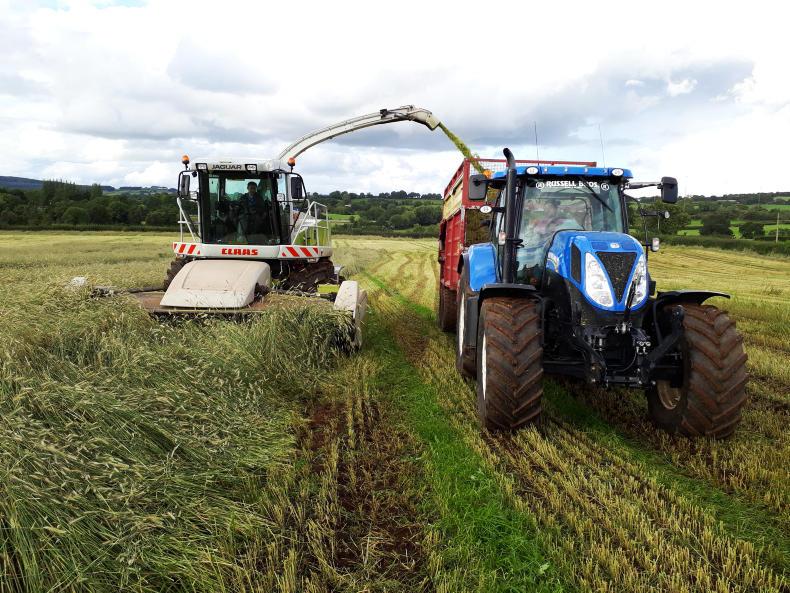It seems my last article regarding having a problem with too much grass has provoked a reaction from certain farmers within the low-input way of thinking.
Firstly, I would like to respond to this by saying that, contrary to popular belief, I have the greatest admiration for the low-input dairy system. I recognise that when it comes to converting grass and forage into milk, and then into money, there are many ways in which it can be done profitably.
I have visited many farmers who practise this system with great success. I never cease to be impressed by their grassland management skills, discipline in feeding and focus on seasonal jobs, such as calving and breeding. Above all, I am envious of the work-life balance. Who wouldn’t want a month off from milking cows at Christmas?
Lots to learn
There is a lot to learn from the spring-calving farmer regarding grazing infrastructure and soil fertility. Many of these things I have already put in place to increase days at grass.
However, we have to work with what we have and where we are in the investment cycle.
As much as I would like to, it is just not feasible for me to turn all cows out in February. If we did, by St Patrick’s Day, when we normally turn out, the place would be so tramped the cows would have to be rehoused for the rest of the year.
When it comes to meal feeding, in early spring our high yielders were averaging 44 litres/day with some cows pushing towards 60 litres/day. How on earth could a cow like this survive on 2kg/day? Not to mention get back in-calf within 90 days?
In recent years, we have invested heavily in land, buildings and facilities. To meet monthly commitments, we need to be selling a high volume of milk per cow each month.
When negotiating with the bank, I would not be in a position of strength if my projections showed that I was planning to reduce sales by 40-50%. Whether we like it or not, our milk buyers pay for volume, not solids, even though increasing solids is the best way to add value regardless of base price.
Success
I remember being at a seminar held by a local bank. The speaker said that the key to running a successful business was to figure out what you are good at and what you like doing.
For me, I get great job satisfaction from breeding, milking and selling high-yielding cows and I think I am reasonably good at managing them. Some things you just can’t put a price on. With this in mind, dairy farming isn’t just about a blinkered mindset regarding the type of system you practise.
Regardless of the system, it is management and attention to detail that ultimately separates the men from the boys.
Weather
On the home front, the unsettled weather and challenging ground conditions have seen us house the high-yielding cows full-time and the low group continue to graze full-time, weather and ground conditions permitting. While it has been a great year for growth, it has been difficult enough for making silage. Second cut went in seven to 10 days later than I would have liked and at the time of writing; third cut is still in the field.
Last week, we took a chance and harvested the wholecrop spring rye. Ideally, I think it could have done with another five days. However, if we hadn’t taken the chance it would still be in the field and reducing in quality. It yielded around 13t/acre. We plan to follow this with winter rye.
